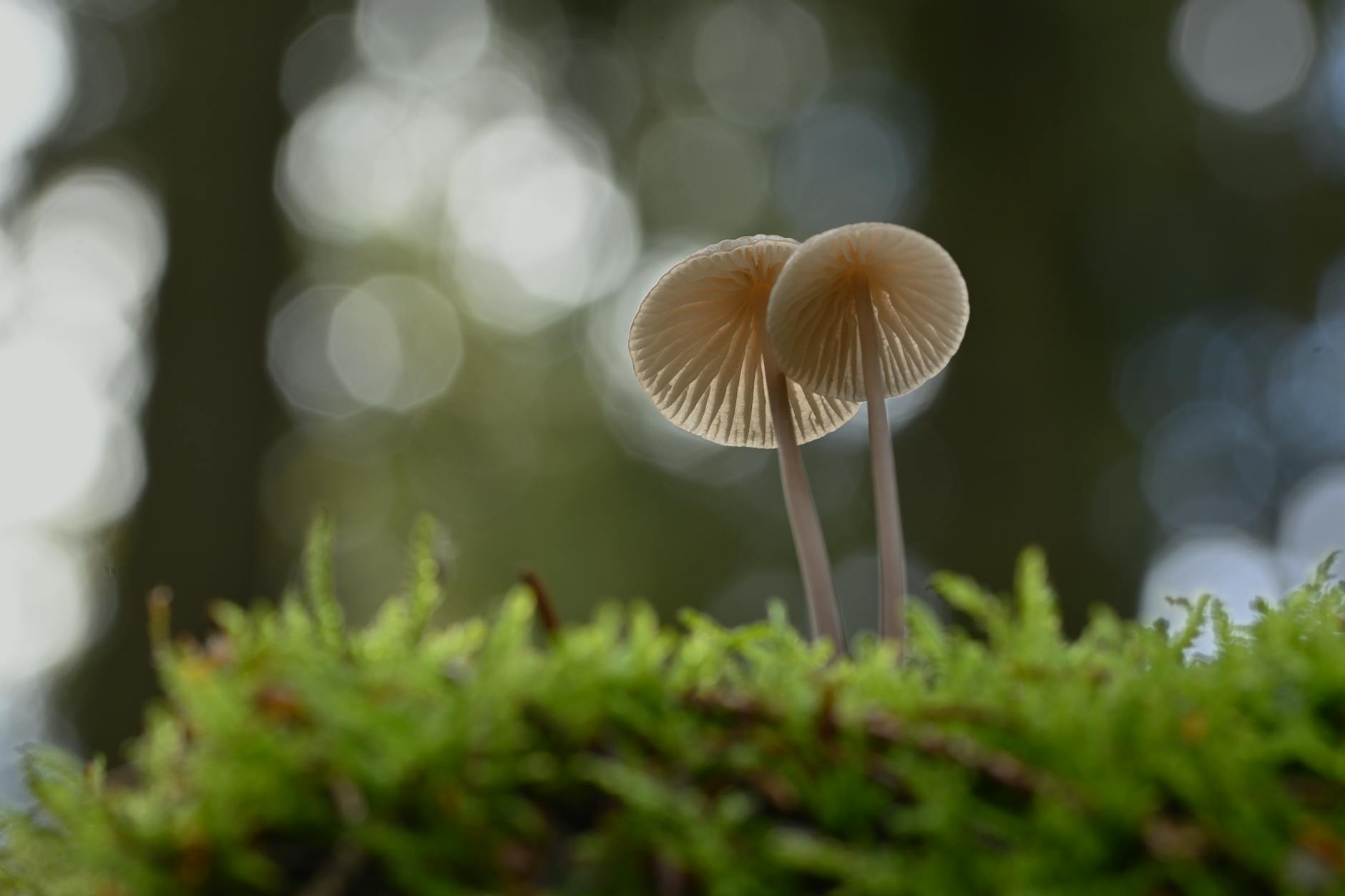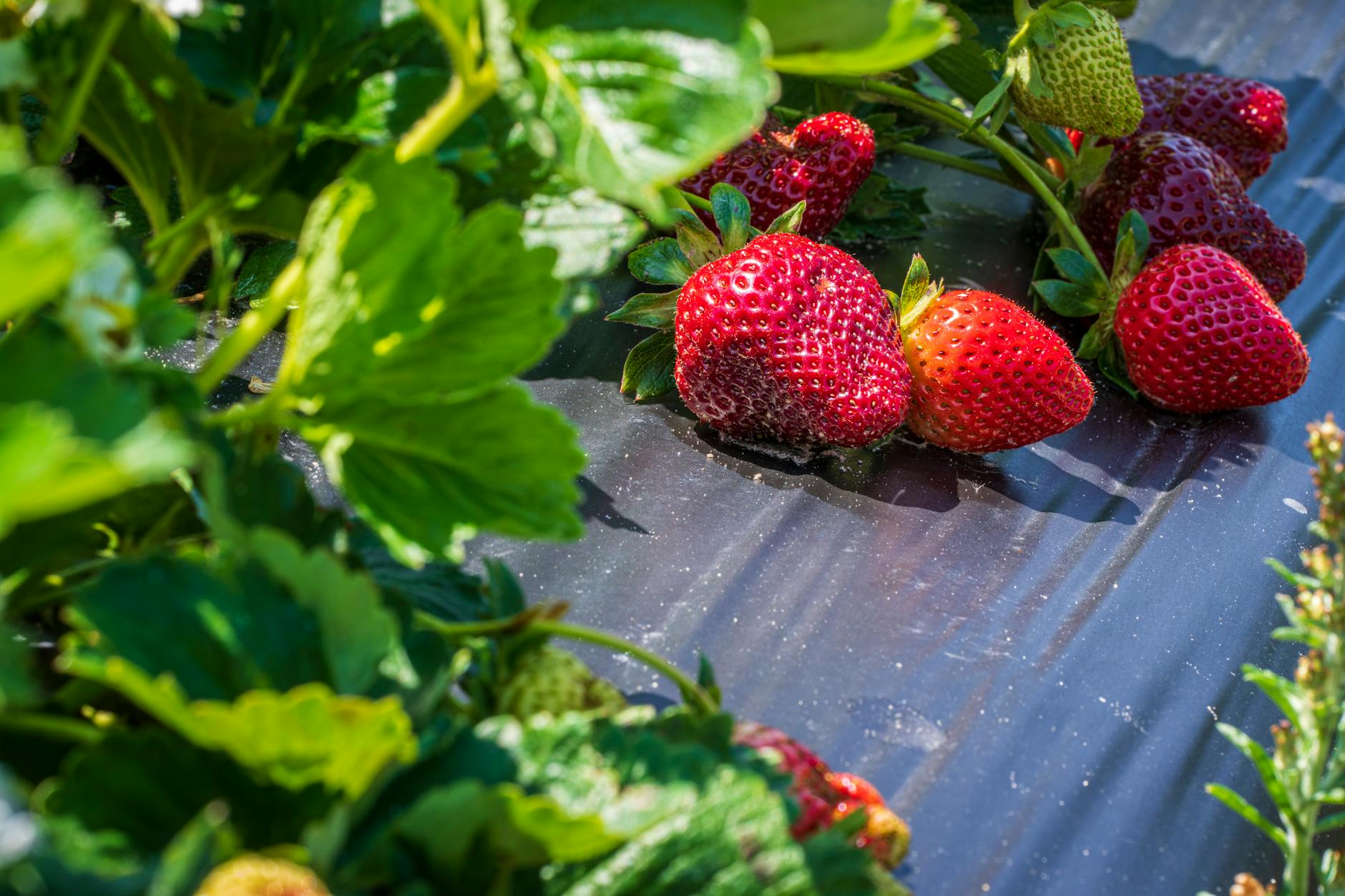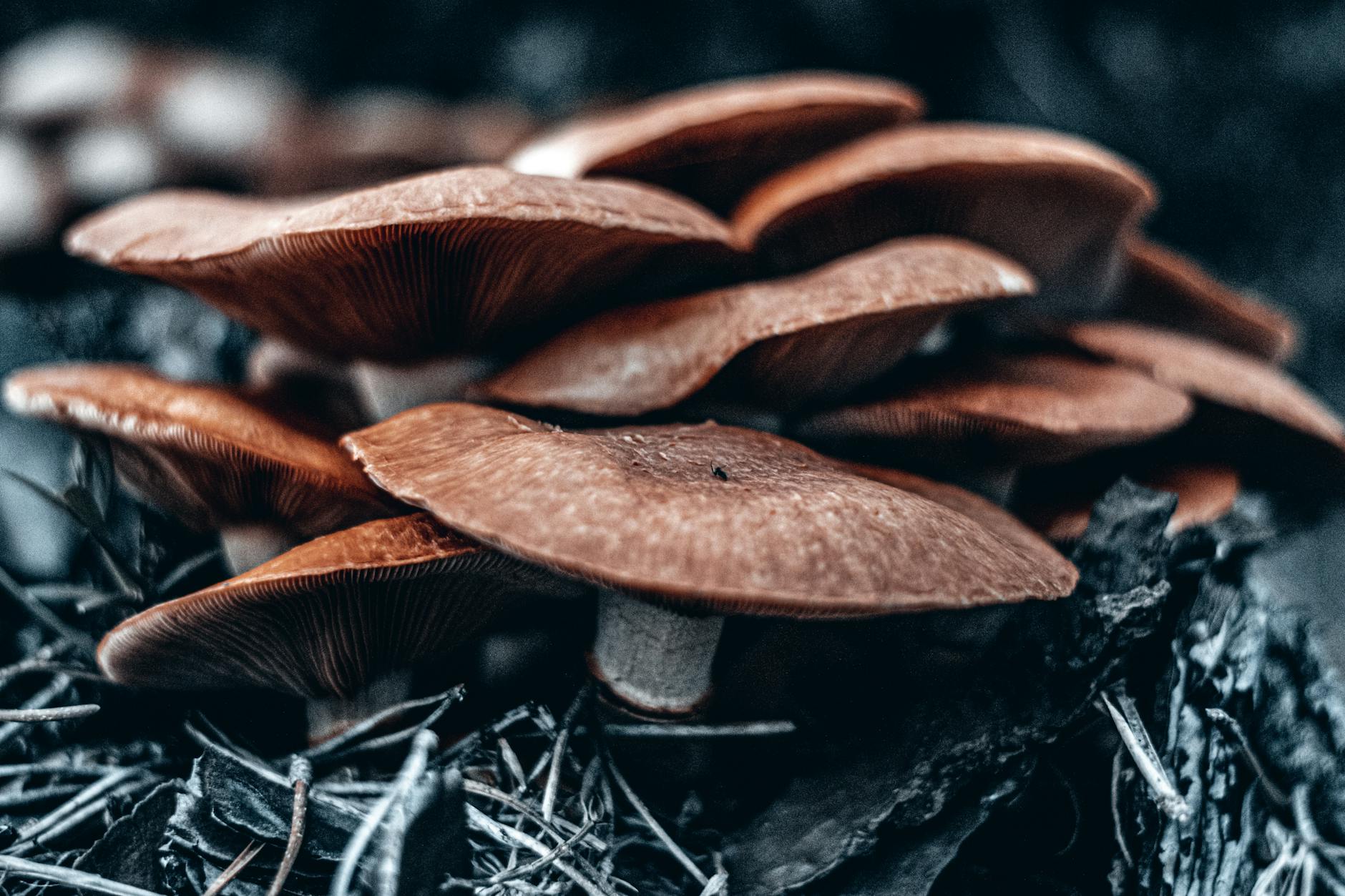Growing mushrooms at home can be a rewarding and surprisingly effortless hobby. Whether you’re a seasoned gardener or a novice plant enthusiast, cultivating your own mushrooms can be a fun and fulfilling experience. In this article, we will provide you with some invaluable tips on how to grow mushrooms successfully with the right amount of light. By understanding the light requirements of different mushroom varieties and mastering the art of providing them with optimal lighting conditions, you can enjoy a bountiful harvest of fresh, flavorful mushrooms right in your own home.
Understanding Mushroom Light Requirements
One of the key factors that influence the growth and development of mushrooms is light. While some mushrooms thrive in low-light conditions, others require more exposure to light to grow successfully. It’s essential to understand the light requirements of the specific mushroom species you are growing to ensure their proper development. For example, species like Shiitake and Oyster mushrooms prefer indirect or filtered natural light, while others like the Reishi mushroom benefit from a bit more direct light exposure.
Choosing the Right Location for Your Mushroom Growing Setup
When setting up your mushroom growing environment, it’s crucial to select an appropriate location that provides the ideal lighting conditions for your mushrooms. A room with access to natural light or a space where you can easily control artificial light sources is ideal. Make sure to place your mushroom growing kits or containers in a spot where they can receive consistent and appropriate levels of light throughout the day.
Providing Adequate Indirect Light
For mushrooms that prefer indirect light, such as Shiitake and Oyster mushrooms, it’s essential to place them in a location where they can receive gentle, filtered light. Avoid exposing these varieties to direct sunlight, as it can be too harsh for their delicate growth. Placing them near a window with sheer curtains or in a well-lit room with indirect sunlight can help create the perfect environment for these mushrooms to thrive.
Supplementing with Artificial Light
If you’re growing mushrooms that require more light exposure, such as Reishi mushrooms, you may need to supplement natural light with artificial sources. LED grow lights are an excellent option for providing the necessary light intensity and spectrum for optimal mushroom growth. Position the grow lights at an appropriate distance from the mushrooms to prevent overheating and ensure that they receive consistent lighting for the recommended duration each day.
Monitoring Light Levels and Adjusting as Needed
Consistent monitoring of the light levels in your mushroom growing environment is crucial for ensuring successful cultivation. Use a light meter to measure the intensity of the light your mushrooms are receiving and make adjustments as needed. If you notice that your mushrooms are not growing as expected or are displaying signs of stress, consider increasing or decreasing the light exposure accordingly.
Conclusion
In conclusion, growing mushrooms can be a straightforward and enjoyable experience with the right approach to lighting. By understanding the light requirements of different mushroom varieties, choosing the right location, providing adequate indirect light, supplementing with artificial light when necessary, and monitoring light levels consistently, you can create an optimal environment for your mushrooms to flourish. So, roll up your sleeves, gather your supplies, and get ready to embark on a mushroom growing journey filled with delicious rewards!


